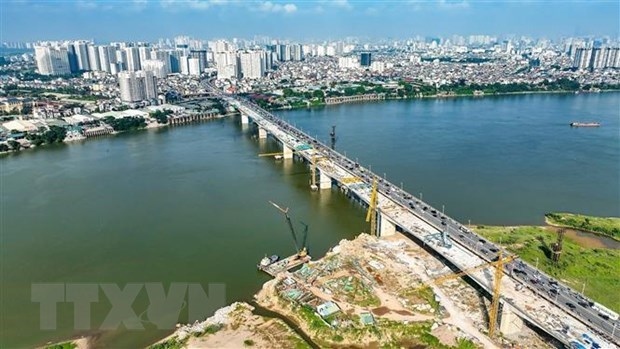Deputy PM urges defining vision, goals, driving force for Hanoi development
Deputy Prime Minister Tran Hong Ha requested clearly defining the vision, targets, and driving force for the future development of Hanoi while chairing a meeting in the capital city on June 13 to review the task of adjusting the Hanoi Capital Master Plan till 2045 with a vision to 2065.

Ha emphasised the urgent need to finalise the PM’s draft decision on approving the task of adjusting the Master Plan.
Earlier, he suggested holding competitions to collect creative ideas for the capital's planning.
The planning should take into account underground space and infrastructure, outline orientation to expanding the space of new urban development, form a diverse transportation network (road, urban railway, aviation, waterway), ensuring connectivity and guiding the development of new urban areas and satellite cities, he said.
The Deputy PM added that the planning should set up criteria, principles, and requirements for construction, renovation, and redevelopment in existing urban areas, as well as develop new urban areas that align with the characteristic planning and architecture of Hanoi. It should also establish a rural-urban belt that preserves the distinctiveness and harmony with the natural landscape.
Planning should guide transportation infrastructure development, transportation should guide urban development, and urban development should guide resource utilisation in planning, he said.
The Master Plan aims to develop Hanoi into a modern and smart city, a hub and driving force for the development of the Red River Delta region, a key economic region of the north and the entire country. The people of Hanoi will enjoy a high standard of living.
Hanoi will promote the development of satellite urban areas and affiliated cities. It will tightly manage the high-rise residential development in the downtown, launch urban renewal and redevelopment programmes synchronously. The city will also focus on developing underground urban spaces and building a harmonious rural-urban interface, preserving the traditional cultural identity, protecting the environmental landscape and promoting sustainable development.
